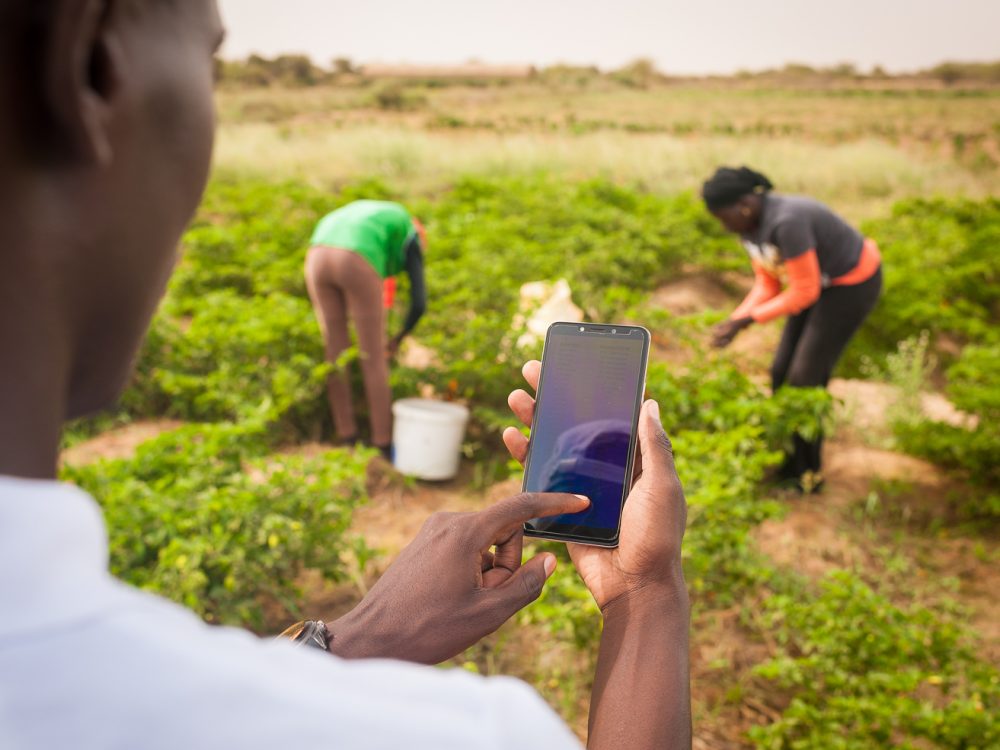Promoting the use of development data in Honduras and Timor-Leste
As in Senegal, last year Development Gateway – in partnership with the AidData Center for Development Policy – interviewed leaders from the government, development partners, civil society, and academia in Honduras and Timor-Leste. Across both countries, we identified two common barriers keeping the supply of development data from addressing the demand of information for decision-making: limited awareness of the data available, and limited ability to analyze and apply this information. In addition, we also found that in both countries, the Aid Management Platform (Plataforma de Gestión de la Cooperación in Honduras, Aid Transparency Portal in Timor-Leste) was a rich source of publicly-available development cooperation data.
With the above challenges in mind, we worked with our government colleagues to increase the usefulness of their aid information, by adding new demand-driven functionalities to their aid portals; raising awareness that this data and functionality existed; and training our government counterparts, to provide training to other government ministries, development partners, and civil society actors on how to use these tools to apply development data in their work.
Creating New Tools for Custom Analysis
Before these studies, the Aid Management Platforms in Timor-Leste and Honduras included an interactive GIS module, allowing users to view and interact with project-level aid information, as well as high-level dashboards. But based on our interviews, we found a demand for an easier way to make the information displayed more tailored for each user or organization.
To address this demand, we developed a fragmentation dashboard, and two new features for the GIS module: gap analysis and statistical layer upload wizard. The fragmentation dashboard provides users with the ability to explore the platform data in-depth. For example, it can “fragment” investment in a sector by donor, making it easy for users to understand at-a-glance who the key players are. Within the GIS Module, the gap analysis tool allows users to visualize investment by administrative location, and the statistical layer wizard allows user to add and visualize their own indicator data with the AMP’s geo-referenced project site. These easy-to-use tools allow users to visualize larger datasets, and combine AMP data with their own datasets for more customized analysis. (Stay tuned for a technical post exploring these features.)
Increasing Analytical Skills
After developing these new tools, we trained members of the Government AMP teams, using a curriculum that emphasized data analysis. In particular, these trainings focused on how they could use data available in AMP to understand the country’s development landscape, “join up” AMP data with statistical and sectoral information; and how these analyses could be presented to supervisors, or applied to development cooperation planning.
Importantly, we also trained our government colleagues on how to train others – from other government ministries, development partners, and civil society organizations – on how they too could use AMP to analyze and understand development trends in-country.
Getting the Word Out (and Strengthening Analytical Capacity)
Once our government colleagues were up-to-date on the new functionalities and use cases for AMP data, the next step was getting the word out to the development cooperation community! Both governments led data analysis workshops, training more than 140 people from civil society, development partners, and other government ministries over the course of two weeks. Using practical exercises, the thirteen government trainers challenged trainees to think about innovative ways to use public AMP data in their daily work – highlighting the new AMP analysis tools.
So what’s next? Both governments have continued to provide analysis-focused outreach and trainings – even providing additional partner-requested trainings, based on positive reviews from the workshops. Through the support of USAID’s Higher Education Solutions Network (HESN), we are also planning on expanding our work with the Government of Honduras over the coming year, to the sub-national (district) level; stay tuned for a future post with more information.
Read the full report with country-level findings, and join us on April 24th for a DC discussion event “Avoiding Graveyards: What Makes Development Data Fit for Purpose?”
Share This Post
Related from our library

Introducing The HackCorruption Civic Tech Tools Repository
Introducing the Civic Tech Tools Repository: an open-source hub of digital solutions to fight corruption. Designed for growth through GitHub contributions, it brings together tools, code, and resources across six key areas for HackCorruption teams and beyond.

Building a Sustainable Cashew Sector in West Africa Through Data and Collaboration
Cashew-IN project came to an end in August 2024 after four years of working with government agencies, producers, traders, processors, and development partners in the five implementing countries to co-create an online tool aimed to inform, support, promote, and strengthen Africa’s cashew industry. This blog outlines some of the key project highlights, including some of the challenges we faced, lessons learned, success stories, and identified opportunities for a more competitive cashew sector in West Africa.

Digital Transformation for Public Value: Development Gateway’s Insights from Agriculture & Open Contracting
In today’s fast-evolving world, governments and public organizations are under more pressure than ever before to deliver efficient, transparent services that align with public expectations. In this blog, we delve into the key concepts behind digital transformation and how it can enhance public value by promoting transparency, informing policy, and supporting evidence-based decision-making.